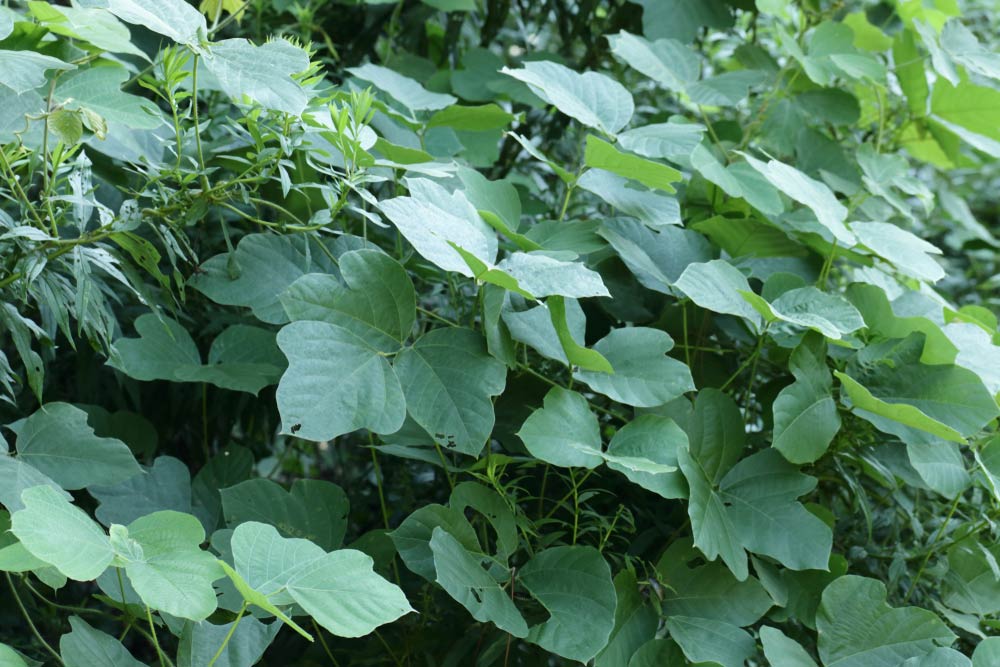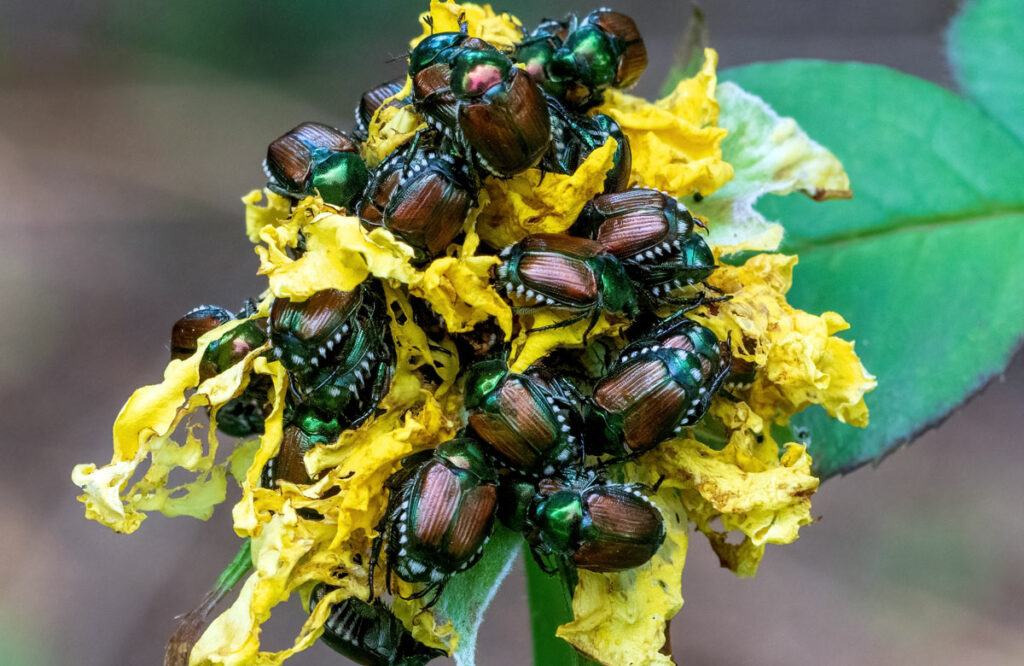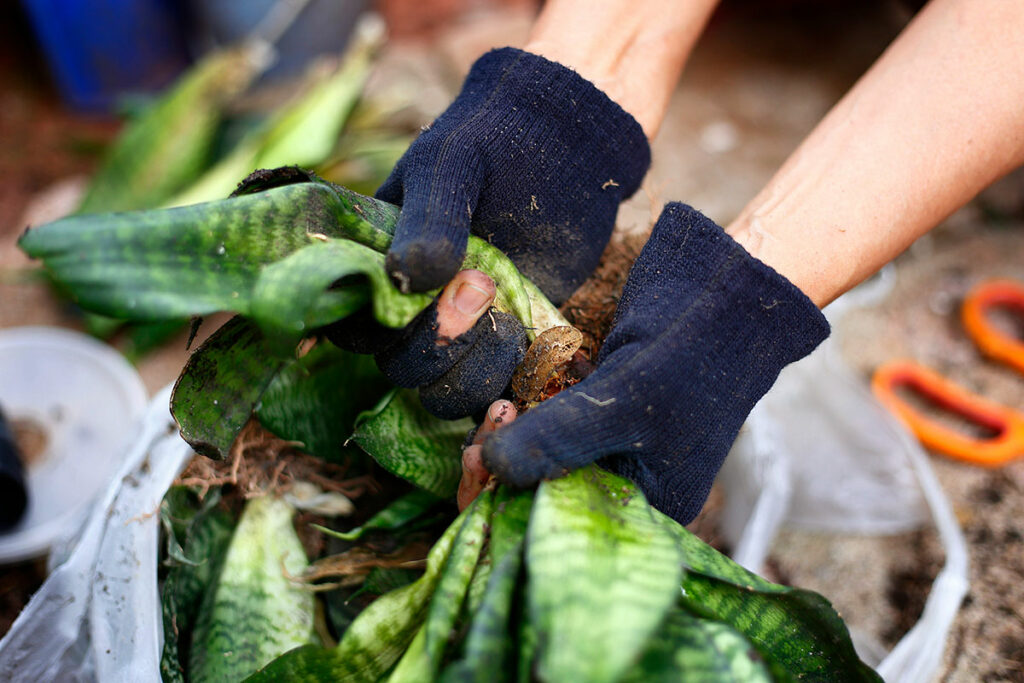
Gardening can be a rewarding experience, but sometimes you may find invasive plants taking over your meticulously planned landscape. Not only do these unwelcome guests compete with your existing plants for resources like water, sunlight, and soil nutrients, but they can also proliferate quickly and stifle the biodiversity in your garden.
In this article, we’ll discuss three common invasive plants and provide tips on how to effectively get rid of them.
You might have already encountered these notorious plants in your garden or in your neighbor’s yard. These invasive species spread rapidly and can be tough to eradicate, but with some patience and the right approach, you can reclaim your garden from their clutches.
Identifying these plants correctly is crucial in order to deploy the appropriate removal strategies and prevent them from causing further damage.
Throughout this article, we will delve into various methods to control and eliminate these invasive plants. From manual removal to chemical treatments and even preventative measures, you’ll learn how to tackle these stubborn botanical invaders and restore balance to your green sanctuary.
Let’s explore how to handle these unwelcome guests in your garden.
Understanding Invasive Plants
Defining Invasive Species
Invasive plants are non-native species that can spread rapidly, causing harm to the local ecosystem. You may encounter these plants while gardening or hiking, and it’s crucial to identify them accurately.
Invasive plants usually have a few traits that help them outcompete native species. Some of these traits include rapid growth, high reproductive rates, and an ability to take advantage of disturbed habitats.
As a responsible gardener or outdoor enthusiast, you should familiarize yourself with these plants in your area and learn how to manage them properly.
Environmental Impacts
Invasive plants can severely disrupt ecosystems and often have far-reaching environmental impacts. Here are some consequences of invasive plant infestations:
- Biodiversity loss: Invasive plants can outcompete native species, reducing the overall biodiversity of ecosystems.
- Habitat alteration: As invasive plants take over, they may change the structure and composition of native habitats, impacting the organisms that depend on them.
- Erosion control: Some invasive plants, like kudzu, grow rapidly and can smother native vegetation, leading to increased soil erosion and downstream sedimentation.
You should consider these impacts when dealing with invasive plants in your garden or local natural areas. By removing these plants and replacing them with native species, you can help support healthy and diverse ecosystems in your community.
3 Common Invasive Plants
Japanese Knotweed

Japanese Knotweed (Fallopia japonica) can be quite a nuisance in your garden. This fast-growing plant has bamboo-like stems and can rapidly take over the area, suffocating other plants. To control Japanese Knotweed, you can:
- Cut the stems regularly throughout the growing season to weaken the plant’s energy reserves.
- Apply a glyphosate-based herbicide to the cut stems for a more effective treatment.
Japanese Stiltgrass

Japanese Stiltgrass (Microstegium vimineum) is an invasive grass that can outcompete native plants and disturb the balance of your local ecosystem. To get rid of Japanese Stiltgrass, you can:
- Mow the grass before it sets seed, typically in late summer or early fall.
- Hand-pull the roots, ensuring you remove the entire root system. This is best done after rain when the soil is moist.
- Use a pre-emergent herbicide in early spring to prevent stiltgrass seeds from germinating.
Kudzu Vine

The Kudzu Vine (Pueraria lobata) is an aggressive climbing vine known for smothering other vegetation. If left unchecked, it can pull down trees and destroy native habitats. To control Kudzu Vine, consider these methods:
- Cut the vines back regularly and remove any fallen debris from the area, as Kudzu can easily root from cuttings.
- Begin a controlled grazing program with appropriate livestock, such as goats, as they will readily eat Kudzu leaves.
- Apply a systemic herbicide during the growing season for a chemical control method. Remember to follow the label instructions carefully to avoid harming other plants.
Be persistent in your efforts, as it may take some time to completely remove these invasive plants from your property. Remember, early detection and regular monitoring are key factors in controlling these intruders.
Methods for Controlling Invasive Plants
Controlling invasive plants can be a challenging task, but it is essential for preserving your local ecosystem. In this section, we will discuss three methods for controlling invasive plants: Manual Removal, Use of Herbicides, and Biological Control.
Manual Removal
Manual removal is the simplest method for controlling invasive plants. You can do this by physically pulling or digging out the plants from the ground. Keep in mind that it is important to remove not only the plant but also its root system to prevent regrowth. Here are some tips for effective manual removal:
- Use gardening gloves and wear long sleeves to protect your skin.
- Use a shovel or weeding tool to help loosen the soil around the plant’s roots.
- Pull out the entire plant, including its roots, from the ground.
- Dispose of the removed plants properly, either by composting or placing them in a yard waste bag.
Use of Herbicides
Another method for controlling invasive plants is the use of herbicides. This method can be effective when combined with manual removal, particularly for large infestations or hard-to-reach areas. However, always use caution when using herbicides and follow these guidelines:
- Choose a selective herbicide that targets the specific invasive plant species.
- Always read and follow the product label instructions carefully.
- Apply herbicides during the appropriate time of year when the invasive plants are actively growing.
- Minimize the impact on non-target plants by using a targeted application method, such as a spray bottle or paintbrush.
Biological Control
Biological control involves using natural predators or pathogens to help control invasive plant populations. This method can be an environmentally friendly alternative to using herbicides. However, it may take time for the biological agents to establish and become effective. Here are some tips for using biological control:
- Research the appropriate biological control agents for the specific invasive plant species in your area.
- Obtain and release the biological control agents according to guidelines provided by a local extension service or government agency.
- Monitor the progress of the control agents and adjust your strategy as needed.
Remember that patience and persistence are vital when dealing with invasive plants. By using these methods and staying vigilant, you can successfully manage and control the invasive plants in your yard or garden.













